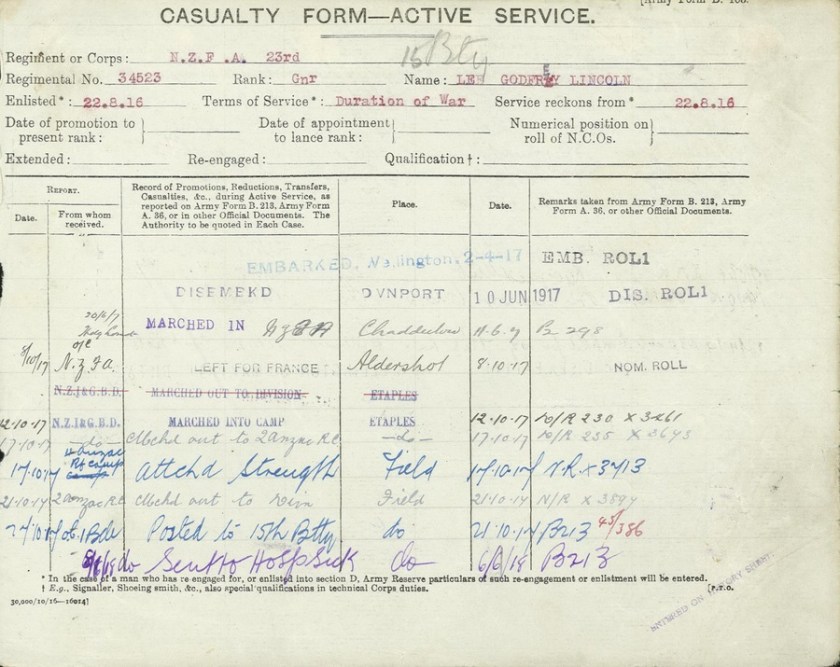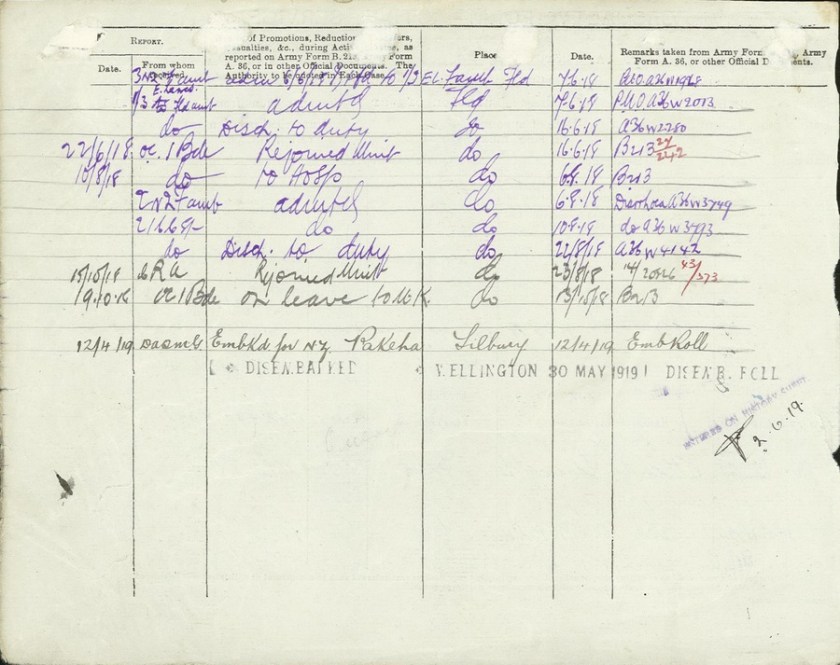On Tuesday we reached Colon, and in the evening were let ashore. The heat was terrific. It is a curious tropical town – the European quarter, Christobal, being separate from the native and larger part. The buildings are all large wooden two-storey places: usually open shops below, and living quarters above. Shops, cafes, etc., are all open, or with wire gauze instead of glass. Magnificent coconut and banana palms grow everywhere. We bought cool drinks, fruit, panama hats.
The first evidence of America’s great work was an immense mole running out for miles, and forming an artificial harbour. It is made of huge concrete cubes piled higgledy piggeldy into the sea. A man who tried to take an afternoon stroll along it would need to be an acrobat. After sweating gallons all over the place, we returned by special train to the ship, which had been taking in bunker coal by the most rapid method – a kind of revolving belt which whirls it like a stream of water into the hold.
At 6 a.m. we moved into the Canal. After teaming a few miles through jungle, we got into the great Gatun locks – amazing things, working like clockwork. By this we were raised 85 feet in as many minutes, into the man-made lake which covers more than half the width of the isthmus. Its arms reach out in every direction, through jungle-clad hills, the tops of the submerged and now dead forests protruding here and there from the surface of the water.
We steamed at a fair pace for some three hours before reaching the Culebra Cut. Here and there alligators could be seen snoozing in the mud at the edge of the water. These were greeted with ear-splitting yells from the diggers, which, however, the Saurians ignored. The luxuriance of the jungle is bewildering. Magnificent butterflies and giant beetles visited the ship as she sped past their enchanted islands. We could imagine what lovely gatherings of “Car” and the “Banderlog” were concealed in that prolific vegetation.*
Evidence of landslides in the Culebra Cut: near which are anchored several powerful dredges. Here, as in several important stages of the work, is a small town of employees’ quarters. In other places are wireless stations. A rail-way appears to go right through the isthmus, following the canal in parts, and at one place crossing it by a curious removable bridge. At the Pedro Miguel lock we got a great reception from a bevy of officials’ wives and their kiddies, who threw aboard papers, fruit etc.
From that lock you steam across a small round lake to the third and last lock, Miraflores, which lets you down to the Pacific level, and another short stretch of canal launches you out once more upon the ocean.
It is a wonderful thing to see a big ship picked up bodily and carried 50 miles across hilly country, out of one ocean into another.
Before reaching the broad seas we had to pass through an archipelago.
* Kaa (python) and the Bandar-log (monkeys) are animals from Rudyard Kipling’s The Jungle Book.


